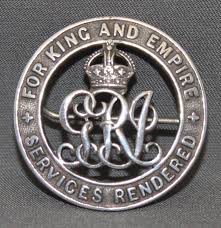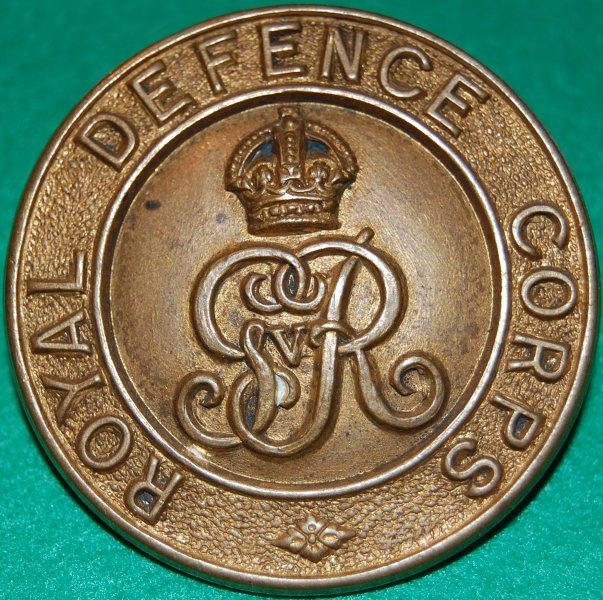Personal Details
Born: In 1882 in Whitchurch, Shropshire and baptised on 1 October the same year in Tilstock Parish Church, Shropshire.
Family: He was the second of nine surviving children born to Edward Oliver, a labourer, and his wife Louisa. He married Louisa Clifton Aston on 1 December 1905 in the Headless Cross Parish Church, Alcester, Warwickshire and together they had three children – Denis James Eustace, Percy Edward and Molly Patricia.
Residence: At the time of his baptism, his family were living in Tilstock. In 1891 he was living with John and Sarah Morris and their family in Cheshire Street, Market Drayton, Shropshire (his mother’s maiden name was Morris). In 1901 he was living in High Street, Feckenham, Alcester, Worcestershire. By 1911 and now married he lived in Bromsgrove Road, Webheath, Redditch, Worcestershire. His military records have three addresses – Birchfield Road, Headless Cross, Redditch, Bromsgrove Road, Webheath, Redditch and 2 Ashwood Lane, Whitchurch. The 1939 Register records his wife Louisa (divorced) with their two younger children living at 341 Birchfield Road, Redditch; we cannot locate James in this Register.
Employment: In 1901 he was a carter in the coal trade; in 1905 he was a groom which continued to be his occupation until at least 1914.
Died: In 1959 in Birmingham, Warwickshire.
Military Details
Regiment: Royal Defence Corps (previously Gloucestershire Regiment, Worcestershire Regiment and Worcestershire Yeomanry)
Rank: Private
Service Number: 72943 (previously 260555, 325433 and 2661)
Date of Enlistment: 9 September 1914
Date of Discharge: 26 March 1919
Reason for Discharge: Physically unfit for further service
Other Information: He was wounded in action on 7 November 1917. His brother Percy was killed in action in WW1.
James was awarded the Campaign Medals (British war medal and Victory medal) and Silver War Badge (number B343005)

The British War Medal (also known as 'Squeak') was a silver or bronze medal awarded to officers and men of the British and Imperial Forces who either entered a theatre of war or entered service overseas between 5th August 1914 and 11th November 1918 inclusive. This was later extended to services in Russia, Siberia and some other areas in 1919 and 1920. Approximately 6.5 million British War Medals were issued. Approximately 6.4 million of these were the silver versions of this medal. Around 110,000 of a bronze version were issued mainly to Chinese, Maltese and Indian Labour Corps. The front (obv or obverse) of the medal depicts the head of George V. The recipient's service number, rank, name and unit was impressed on the rim.
The Allied Victory Medal (also known as 'Wilfred') was issued by each of the allies. It was decided that each of the allies should each issue their own bronze victory medal with a similar design, similar equivalent wording and identical ribbon. The British medal was designed by W. McMillan. The front depicts a winged classical figure representing victory. Approximately 5.7 million victory medals were issued. Interestingly, eligibility for this medal was more restrictive and not everyone who received the British War Medal ('Squeak') also received the Victory Medal ('Wilfred'). However, in general, all recipients of 'Wilfred' also received 'Squeak' and all recipients of The 1914 Star or The 1914/1915 Star (also known as 'Pip') also received both 'Squeak' and 'Wilfred'. The recipient's service number, rank, name and unit was impressed on the rim.

The Silver War Badge was issued in the United Kingdom and the British Empire to service personnel who had been honourably discharged due to wounds or sickness from military service in World War I. The badge, sometimes known as the "Discharge Badge", the "Wound Badge" or "Services Rendered Badge", was first issued in September 1916, along with an official certificate of entitlement.

